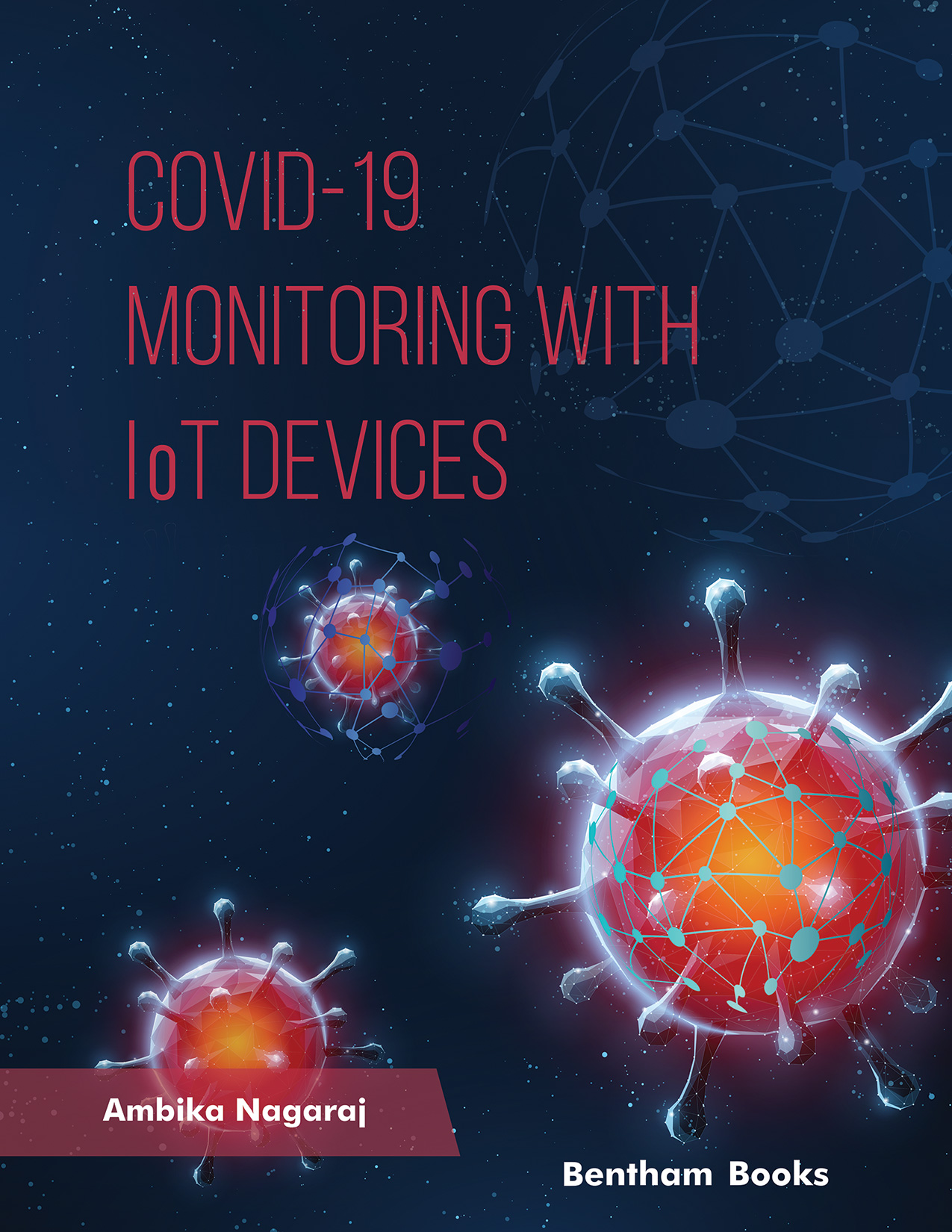Till December 2022, more than six hundred fifty-one million confirmed cases of COVID-19, whereas more than six million deaths were reported to WHO from all over the world. The SARS-CoV-2 virus and its variants spread mainly if there is close contact between people. In confined and enclosed places, short-range aerosol, airborne, droplet transmission happens at a conversational distance. It is recommended to avoid poor ventilation, and crowded indoor settings, and touching eyes, nose, or mouth after touching surfaces or objects. Anyone asymptomatic or pre-symptomatic carrying the virus can spread it. Singing, and breathing during the exercise can cause the virus to spread. Well-fitted three-layered masks, alcohol-based hand rubs, one-meter distance, cleaning hands, avoiding touching surfaces, and getting vaccinated can avoid SARS-COV-2 virus infection.
Monitoring public places, and hospitals, and understanding the overall situation in a country and the world is important to reduce the adverse impacts of Covid-19. Monitoring the situation, and venues without direct touch is possible through the Internet of Things (IoT) based solutions. The sensors, actuators, RFIDs, Near Field Communications, Unmanned Aerial Vehicles (UAVs) connected through the Wireless Sensor Network, and the Internet are the crucial elements in the monitoring of the COVID-19 situation.
Smart thermometers, Telehealth Consultations, wearables, robot assistance, and remote monitoring through the GPS-based ArogyaSetu are a few examples of IoT-enabled devices useful in COVID-19 monitoring. In particular, electronic sensors in the form of epidermal tattoos biomarkers cortisol, contact lenses for intraocular pressure, textiles face masks observe breathing patterns, airborne pathogens, inflammation markers, skin temperature, and metabolism monitoring, wristbands for the heartbeat and O
2 monitoring, and microneedle patches can help collect previously inaccessible physical and biochemical signals. Professor Steve Lindsay from Durham University developed the organic semiconducting (OSC) sensors that can detect fingerprints from body odor samples.
Author Dr. Ambika has good experience in the research field of WSN and academic experience. The content of the book is interesting and timely. Alone an IoT cannot bring insights and decisions based on the data collection, hence the author has elaborated machine learning techniques for the necessary actions based on the predictions. The predictions can help the government, social bodies, and individuals prepare themselves to handle the difficult situation of the pandemic. The content is highly relevant to extend the research in the health domain and to support the preparation of the policies in the governance of the country.
The pandemic created emotional and psychological impressions of low mood, tiredness, pessimism, poor sleep, and appetite, and feeling helpless, guilty, and hopeless, with a gradual reduction in work output. The IoT System monitoring the behavioral and allied patterns is equally important as that of social monitoring. The individual suffering from the infections needs to be monitored and counselled through the technological aspect. This will be an important input for all who would like to contribute and like to work in this direction.
Manoj Devare
Amity Institute of Information Technology
Amity University, Maharashtra
India
FOREWORD II
Covid sickness (COVID-19) is an irresistible illness brought about by the SARS-CoV-2 infection. The vast majority contaminated with the infection will encounter gentle to severe respiratory ailment and recuperate without requiring urgent treatment. In any case, some will turn out to be genuinely sick and require clinical consideration. More weak individuals and those with basic ailments like cardiovascular infection, diabetes, acute respiratory sickness, or disease are bound to foster difficult diseases. Anybody can get infected with COVID-19 and become genuinely sick or pass on at whatever stage in life. Observing and overseeing expected contaminated patients of COVID-19 is yet difficult with the most recent advancements. As a preventive measure, legitimate group checking, and the board frameworks are expected to be introduced in the open spots to restrict unexpected out brakes and confer further developed medical care. The quantity of new contaminations can be essentially diminished by taking on social distancing. In such scenarios, these smart IoT gadgets can become a very significant and important tool. The book introduces 5 chapters that discuss many interesting ideas that show how IoT devices are helping to tackle situations in the manufacturing and operational ecosystem of COVID-19.
Jyotir Moy Chatterjee
Department of Information Technology
Lord Buddha Education Foundation
Kathmandu-4600, Nepal

